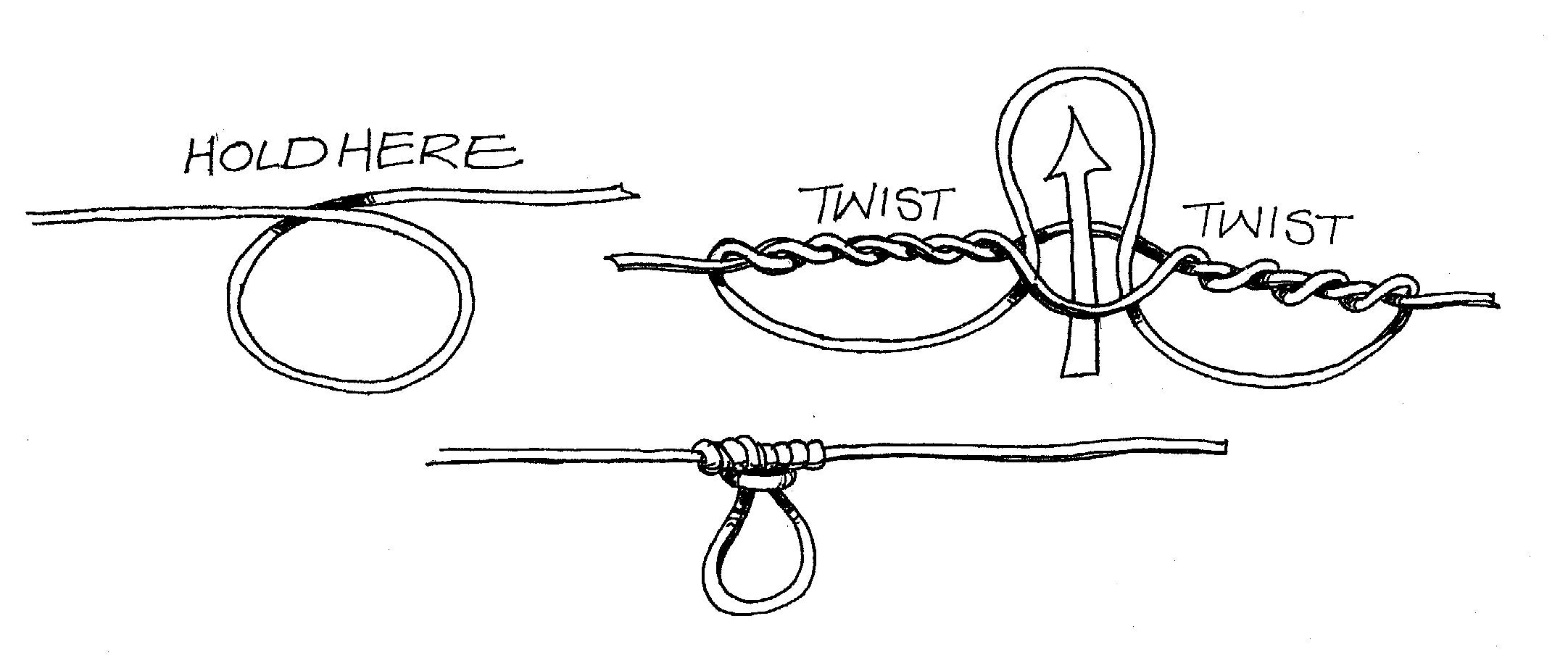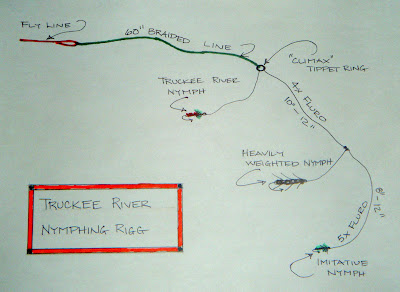So I'm still relatively new to fly fishing. On top of a lot of reading I've gone fishing twice now with a guide so I sort of know what I'm doing  I'm going fishing this weekend, as well as next weekend on my own, went to the shop I like and they recommended a small selection of PMD nymphs/flys and a couple of hoppers. How ever it slipped my mind to ask a few questions that I have so hopefully you guys can help me out.
I'm going fishing this weekend, as well as next weekend on my own, went to the shop I like and they recommended a small selection of PMD nymphs/flys and a couple of hoppers. How ever it slipped my mind to ask a few questions that I have so hopefully you guys can help me out.
I have collected a few spools of tippet made by Rio in 4x through 6x but some of it is a Powerflex with a red label and some of it is Fluoroflex + with a purple label. What are the differences between the two, are there different uses for the 2 kinds?
Both times I went fishing with a guide I was set up with 2 flies, something like a San Juan worm with a nymph following behind, all while using a float indicator. These were always rigged up by the guide and I didn't pay enough attention to the distances used between the indicator,fly 1 and fly 2. Is there a good rule of thumb or tips I can follow when setting up distances between the 3? What about using a dry fly followed by a nymph, any tips?
Finally, whats the best way to fish a hopper? Thanks guys!
I have collected a few spools of tippet made by Rio in 4x through 6x but some of it is a Powerflex with a red label and some of it is Fluoroflex + with a purple label. What are the differences between the two, are there different uses for the 2 kinds?
Both times I went fishing with a guide I was set up with 2 flies, something like a San Juan worm with a nymph following behind, all while using a float indicator. These were always rigged up by the guide and I didn't pay enough attention to the distances used between the indicator,fly 1 and fly 2. Is there a good rule of thumb or tips I can follow when setting up distances between the 3? What about using a dry fly followed by a nymph, any tips?
Finally, whats the best way to fish a hopper? Thanks guys!







